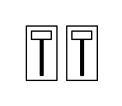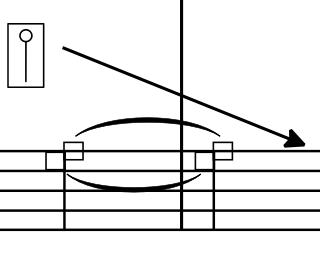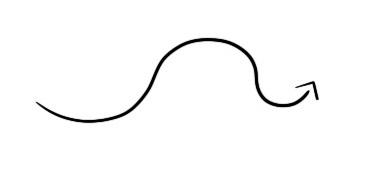Al y s s a We i n b e r g . . . e n f u m é e
( 2 0 2 3 / 2 5 )
Al y s s a We i n b e r g
e n f u m é e
. . .
d u r a t i o n c a . 1 5 ' ( 2 0 2 3 / 2 5 )
I n s t r u m e n t a t i o n : F l u t e
O b o e
C l a r i n e t i n B b
S a xo p h o n e ( Te n o r a n d B a r i t o n e )
B a s s o o n
H o r n i n F
P e r c u s s i o n 1 :
v i b r a p h o n e , l a r g e t a m , s u s c y m , r a t c h e t , s l a p s t i c k , t r i a n g l e P e r c u s s i o n 2 :
c r o t a l e s ( w i t h w a t e r ), s u s c y m , l o w t o m , b a s s d r u m , m a r i m b a
H a r p
Vi o l i n 1
Vi o l i n 2
Vi o l a
C e l l o
D o u b l e B a s s
C o m m i s s i o n e d b y t h e L a k e G e o r g e M u s i c F e s t i v a l
m a d e p o s s i b l e b y t h e N e w Yo r k S t a t e C o u n c i l o n t h e Ar t s
T h i s w o r k w a s c o m p o s e d w h i l e i n r e s i d e n c e
a t t h e C o p l a n d H o u s e , C o r t l a n d t M a n o r, N e w Yo r k , a s a r e c i p i e n t o f t h e Aa r o n C o p l a n d Aw a r d
i n s p i r e d b y G e o r g i a O K e e f f e
i n r e s p o n s e t o t h e C a n a d i a n f o r e s t f i r e s o f 2 0 2 3
i n m e m o r i a m K a i ja S a a r i a h o
O r c h e s t r a t i o n c o m m i s s i o n e d b y t h e B u t l e r S c h o o l o f M u s i c
a t U n i v e r s i t y o f Te xa s a t Au s t i n
2 0 2 5

Diminuendo al niente

Strings







cendo dal niente
Rapid left hand movement in randomized order with har monic pressure does not have to fall strictly on specific nodes but play “ as har monics,” Free bowing, the result should be a shimmery cloud of har monic noise String and hand position will be specified in each passage
Glissando on the entire gesture within the box
This is a two-part gesture: Begin with the “creaky door” overpressure drag Using extreme overpressure, dig into the string with slow bow speed, creating the “creaky door” effect Upon reaching the end of the bow in this pressure drag, transition immediately into a tremolo and glissando up to as high as possible, changing strings as desired to continue up the glissando The glissando should feel sudden, urgent, and quickly sweeping up Immediately retur n back down to the starting pressure drag and repeat this entire gesture on loop for the indicated duration
Gradually increase bow pressure following the shape, at its peak with maximum overpressure, creating a crunchy, pitchless effect Gradually retur n to nor mal pressure as indicated by the contour
Small arrow above the staff indicates a gradual change in perfor mance technique, ie gradually moving from ord to sul pont
Gradual change in left hand pressure between nor mal playing and har monics “ x ” indicates free and random alter nation of any amount of pressure
Square Scratch Tone
Note head
W inds


Blow air through the instrument - no pitch
tongue
Multiphonics: The following multiphonics can be found in the book Oboe Unbound by Libby Van Cleve, are are listed by their corresponding number in her chart of standard multiphonics:


5 As an additional resource, audio examples can be found at the following link: https://libbyvancleve com/oboe-unbound


8 If these specific multiphonics do not work for you or your instrument, use these audio examples as a reference and search for your own substitutions containing similar pitch content and timbral quality


Two types of multiphonics are called for in this work:
● Fingered Multiphonics
● Spectral Multiphonics
Fingered multiphonics have been selected from the Gregory Oakes database, examples of which can be found at the following link and looking up the corresponding number label: https://www gregoryoakes com/multiphonics/ If these specific multiphonics do not work for you or your instrument use these audio examples as a reference and search for your own substitutions containing similar pitch content and timbral quality
Spectral Multiphonics are achieved by adjusting embouchure and air to allow additional partials to sound along with the fundamental pitch They are indicated in the score by providing the fundamental pitch, along with dynamic or expressive infor mation for how to choose the best option Sometimes suggested specific upper partials are also notated and should be included or emphasized if possible The following resource from Richard Elliot Haynes can be consulted for the best ways to produce these results: https://www youtube com/watch?v Y0KvAf4Otds










